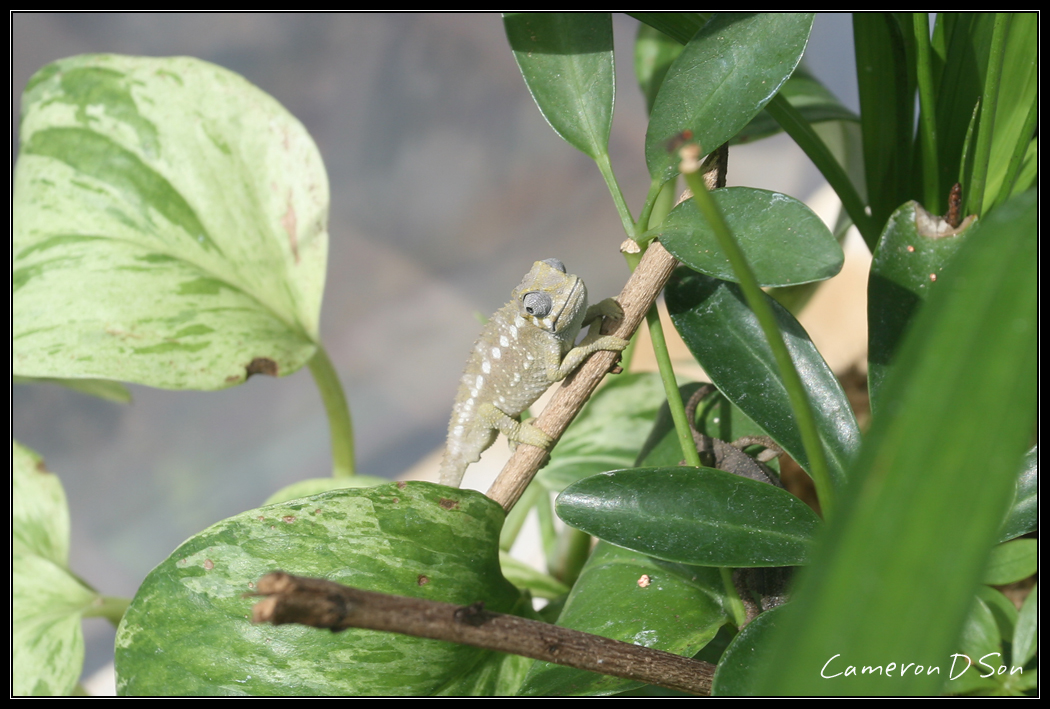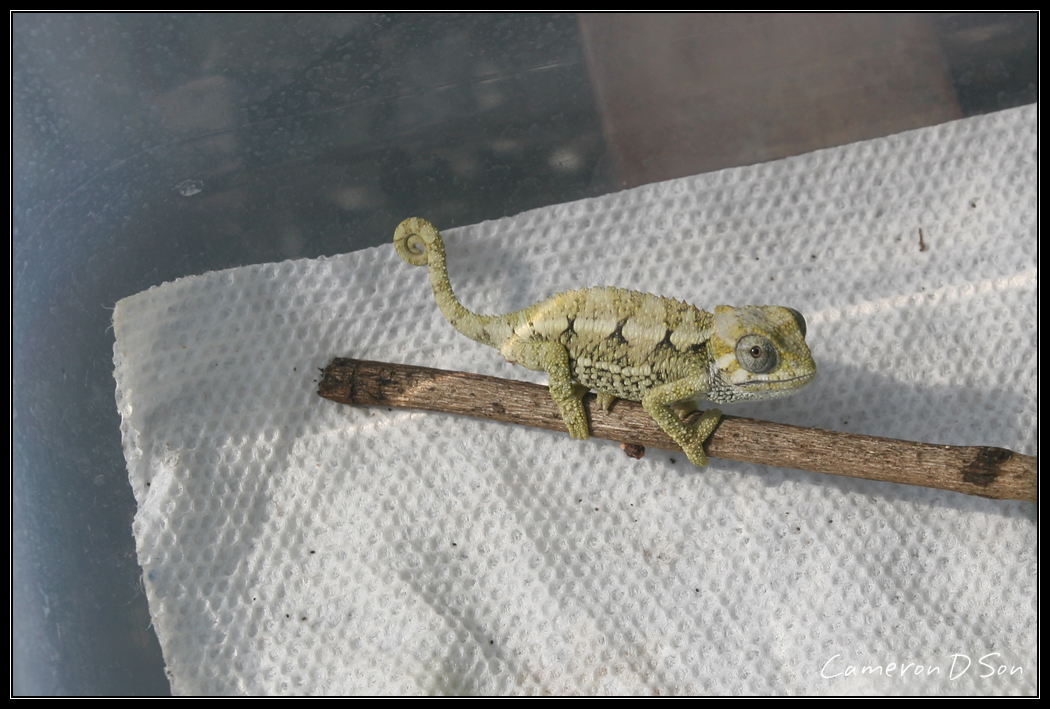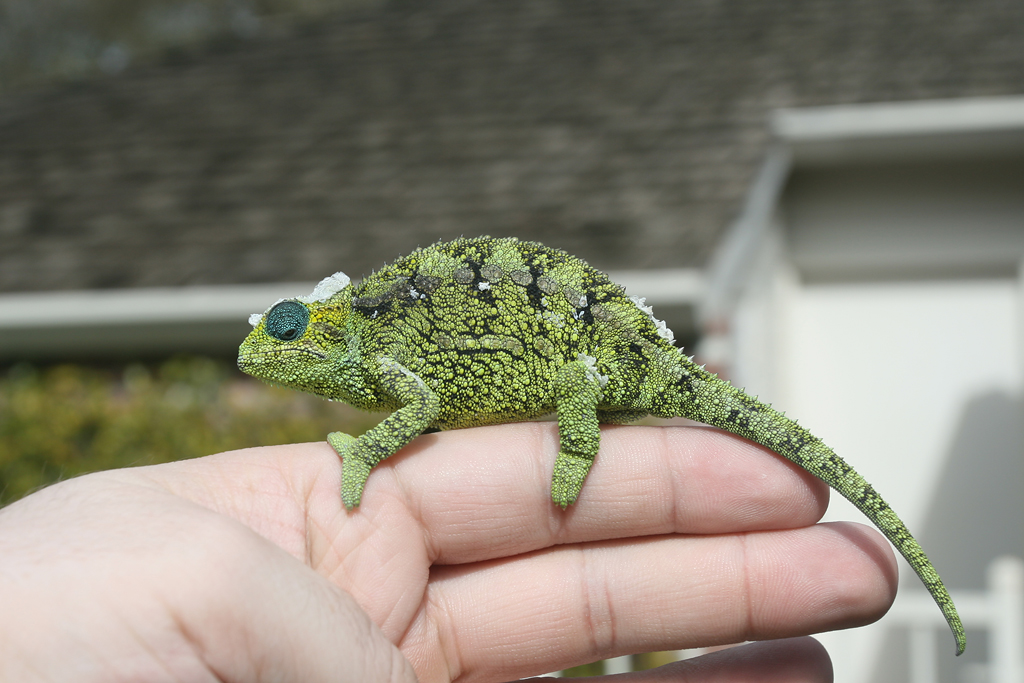Navigation
Install the app
How to install the app on iOS
Follow along with the video below to see how to install our site as a web app on your home screen.
Note: This feature may not be available in some browsers.
More options
You are using an out of date browser. It may not display this or other websites correctly.
You should upgrade or use an alternative browser.
You should upgrade or use an alternative browser.
Red Rudis Babies Update
- Thread starter Cameron B
- Start date
Brad Ramsey
Retired Moderator
Awesome!
How old are the babies now?
-Brad
How old are the babies now?
-Brad
B
blackbetty
Guest
Wow, so small! Even Momma is teeny!
Orchidartist
New Member
OMG that second pic is too cute.
eisentrauti
Avid Member
Nics pics, but they are sternfeldis
summoner12
Avid Member
Looking good Cameron!
BocaJan
New Member
Nics pics, but they are sternfeldis
I am unfamiliar with sternfeldis. Can you fill me in? Are they not rudis?
ciafardo 4
New Member
Yes they are sternfeldis they are not true rudis here in the hobby sombody decided to call these little guys rudis
ciafardo 4
New Member
hey eisentrauti can you go over it im kinda vague on the issue.
Nicodemayo
Avid Member
WOW, awesome job Cameron!
Cameron B
Established Member
Nics pics, but they are sternfeldis
Hello, Benny,
Not sure what's bringing you to the assumption of them being a regular rudis, but they are not. The "red" females have the more blue eye turrets, and display some red dotting along their white dotting most of the time. The picture of the female here is showing her colors when she's outside.
Just for reference, my male is here:
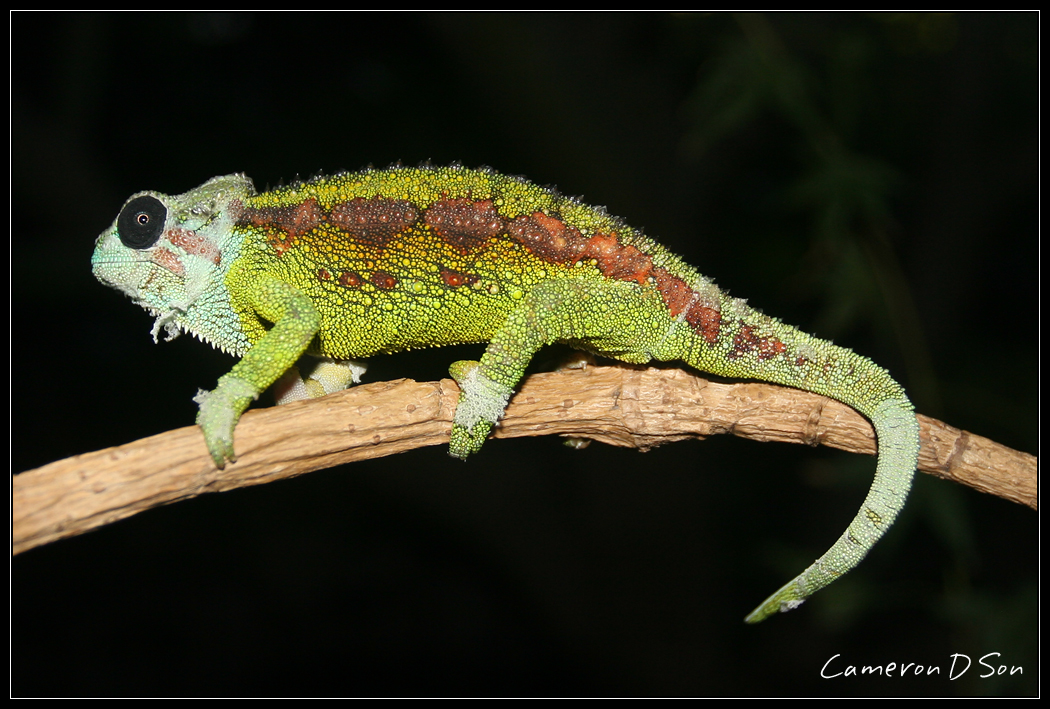
Here is the commonly called rudis "sternfeldis" male:

I know there has been talk about these eventually being considered something other than rudis, but as of now, the "common" name for them is red or "jeweled" rudis. It's sometimes considered a "strain" for whatever reason of the sternfeldis.
Just for more reference, here is a sternfeldis, or what I consider the common rudis:

Here is my female "red" rudis (same one pictured in orginal post):
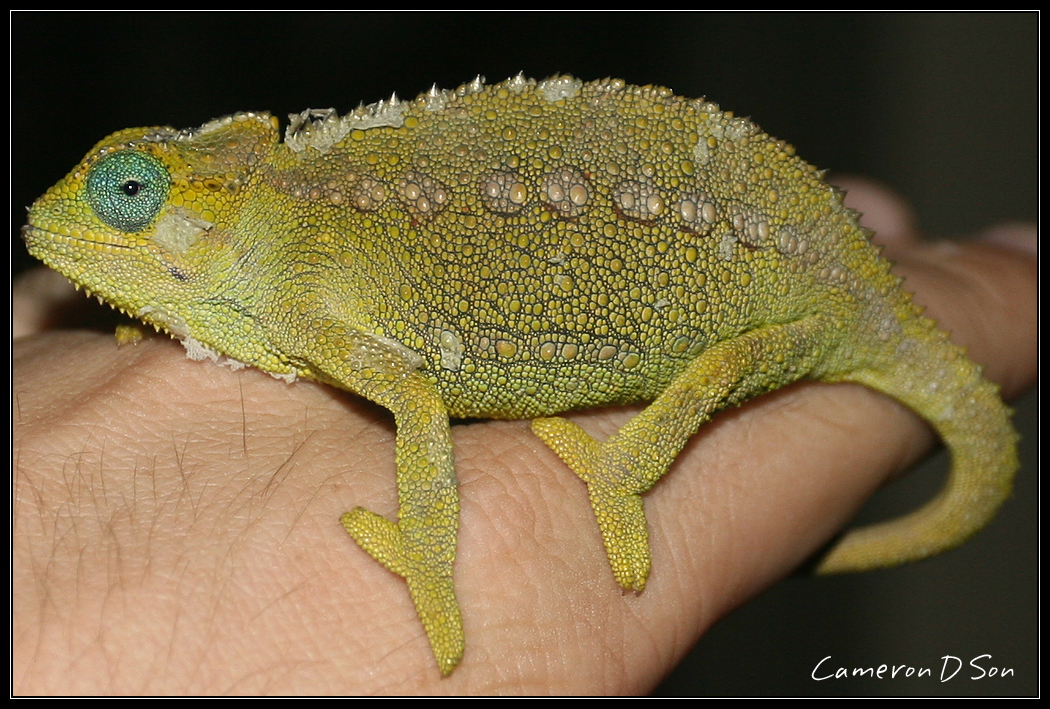
Credit goes to Rocky Mountain Rudis for the above female and male comparison.
There are differences seen in both, from eye coloration, dot patterns and color, and a few other subtle things. It's, of course, more apparent in the males (the differences).
ciafardo 4
New Member
ahh!!!!!!!!! thanks cameron b for the clarification.
Chris Anderson
Dr. House of Chameleons
Just to clarify this for everyone, the animals that people believe are rudis are actually Chamaeleo (Trioceros) sternfeldi. Previously, this was considered a subspecies of Ch. (T.) rudis however it has been elevated to full species status and they are distinct. In fact, Ch. (T.) rudis does not live in Tanzania where the "rudis" that are sold in the pet trade originate. Morphologically, you can differentiate between Ch. (T.) rudis and Ch. (T.) sternfeldi by the shape of their parietal crest on the casque. These "red rudis", as they are sold, are actually more accurately "red sternfeldi". Their casque morphology and range are closer to Ch. (T.) sternfeldi then Ch. (T.) rudis. Now, time will tell if this form will be found distinct enough to warrent species or subspecies status of its own but at the moment, they would be a morph of what we know as Ch. (T.) sternfeldi.
Chris
Chris
Similar threads
- Replies
- 8
- Views
- 2K

